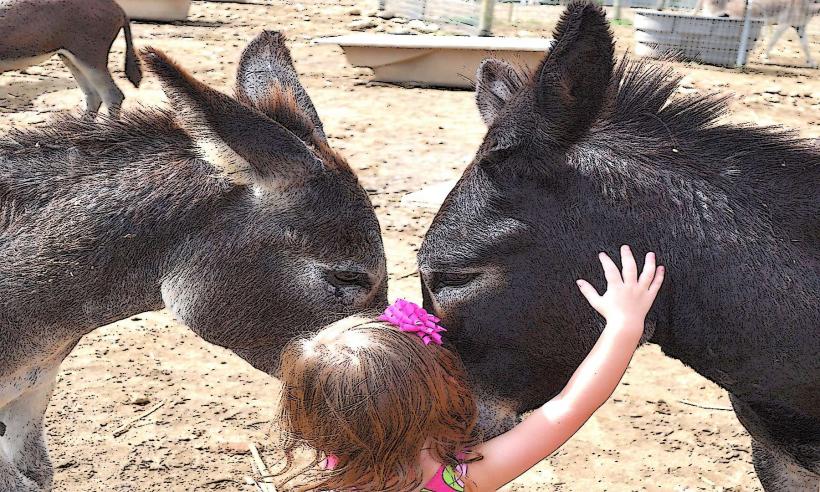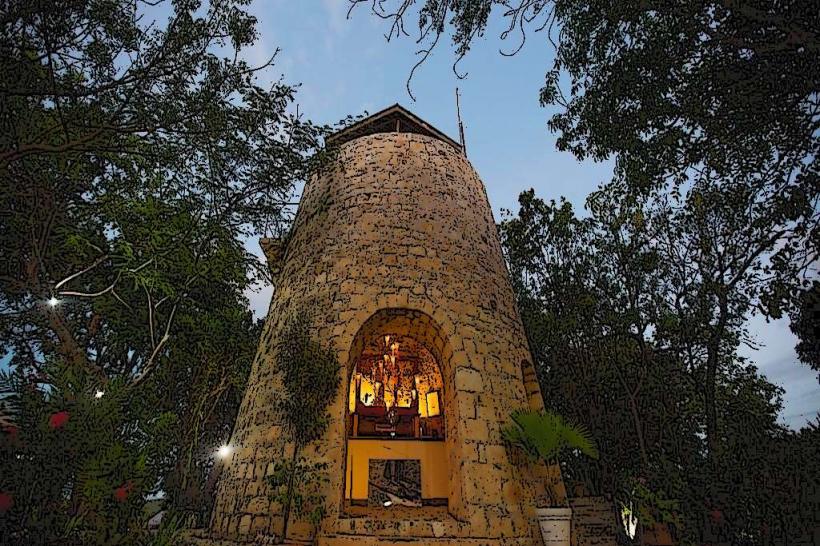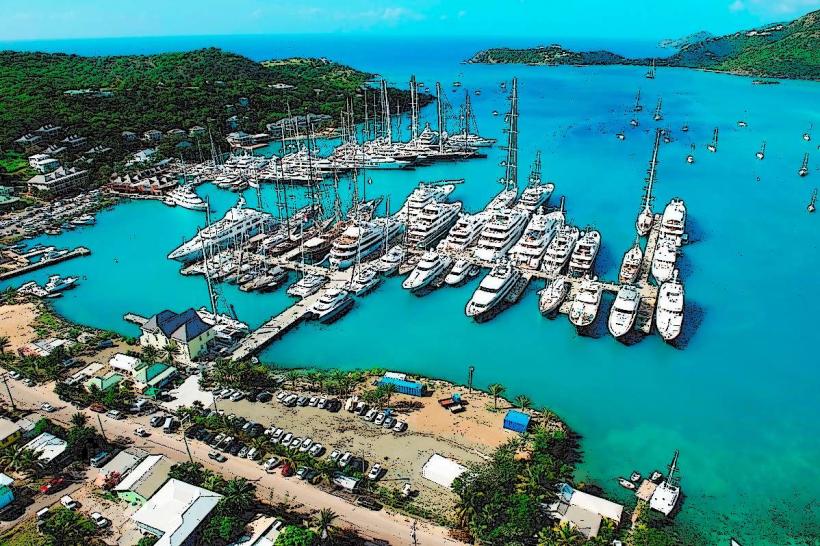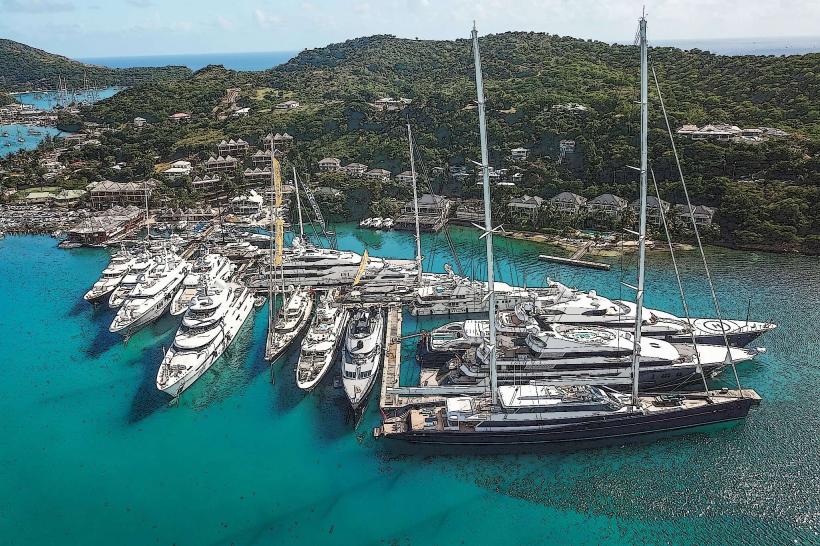Information
Landmark: Redonda MountainCity: Falmouth
Country: Antigua and Barbuda
Continent: North America
Redonda Mountain, Antigua and Barbuda
Redonda Mountain is a prominent and isolated peak located on Redonda Island, a small, uninhabited island in the Caribbean Sea that is part of Antigua and Barbuda. Known for its dramatic landscapes and historical significance, Redonda is a rugged, inhospitable island that rises steeply from the sea, offering spectacular views and a unique environment. Though Redonda is not commonly visited by tourists, it holds importance both ecologically and historically, making it an intriguing destination for adventurers and nature enthusiasts.
Geography and Location
- Location: Redonda Island is situated about 32 kilometers (20 miles) west of Antigua, and it is part of the Antigua and Barbuda nation. The island's mountain, Redonda Mountain, is the highest point on the island, rising to approximately 960 feet (292 meters) above sea level.
- Landscape: The island is dominated by steep cliffs, rocky terrain, and a rugged coastline. The mountain itself is made of limestone, and its summit offers sweeping views of the surrounding sea and nearby islands, including Montserrat.
Ecological and Natural Significance
1. Unique Flora and Fauna
- Redonda is home to a number of endemic species, both in terms of plants and animals, due to its isolation and unique environment. The island’s cliffs and rocky terrain provide a habitat for endemic lizards, birds, and insects.
- The island has been a designated Special Protected Area due to its biodiversity and the presence of several species found nowhere else in the world, such as the Redonda Rock Gecko and Redonda’s endemic plants.
- Birdwatching: The island is also known for its role as a bird sanctuary, home to seabirds like the Audubon’s Shearwater, which nests in the cliffs of the island.
2. Conservation Efforts
- Over the years, Redonda Island has become the focus of conservation efforts, particularly for the protection of its unique ecosystem. Various projects have been initiated to protect the island's wildlife, especially its marine environment, as the surrounding waters are rich in marine life.
- The island has also been targeted for efforts to restore its natural vegetation and protect the endemic species that inhabit the island.
History of Redonda Island
1. Early History and Human Impact
- Redonda Island has a long history of human use, dating back to the early colonial period. The island was once mined for phosphate, a valuable mineral used in fertilizers. The mining operations left behind large scars on the landscape, but they also brought some development to the island.
- The phosphate mining operations began in the early 20th century and continued for many decades, dramatically altering the landscape. Mining ceased in the 1960s, and the island became a largely untouched nature reserve after that time.
2. The Island’s Ownership
- Redonda has been the subject of various ownership claims throughout history. It was part of the British Empire and has passed through several hands. In modern times, the island has been primarily uninhabited, with its ownership now falling under the jurisdiction of Antigua and Barbuda.
- There have been some controversial claims of sovereignty over Redonda, with local interests trying to use the island for various purposes, but it remains a largely protected area with no significant human habitation.
Visiting Redonda Mountain and Redonda Island
Though Redonda Island is not a popular tourist destination due to its inaccessibility, rugged terrain, and lack of amenities, it can still be visited by adventurous travelers or scientific researchers. Access to the island is typically arranged through boat charters from Antigua, and visitors must plan ahead and be prepared for the challenges of navigating the island’s rugged coastline and steep cliffs.
1. Hiking and Exploration
- Hiking Redonda Mountain is a challenging activity due to the steep and rocky terrain. There are no established trails, so hikers must be prepared for rough conditions. The summit provides a breathtaking panoramic view of the island, its surrounding waters, and the distant islands.
- Since the island is often described as remote and difficult to reach, it is recommended that only experienced and prepared hikers or adventurers attempt the climb, preferably with the guidance of a local expert or guide.
2. Wildlife Watching
- Visitors to Redonda Island may also be able to spot some of the island’s endemic species, particularly in the areas near the cliffs. The seabirds and wildlife make for great viewing, but any visit should be done with respect for the island's fragile ecosystem.
3. Boating and Scuba Diving
- Boating and scuba diving around Redonda Island offer opportunities to explore the waters surrounding the island. The island’s marine life is rich, and the waters around Redonda are known to be clear, making it a good destination for divers.
- Coral reefs and underwater caves are also part of the island's surrounding ecosystem, offering a unique experience for those interested in underwater exploration.
Challenges and Restrictions
- Access and Infrastructure: Redonda Island has no infrastructure for tourists, such as hotels, shops, or public facilities. There is no easy access to fresh water, and the steep cliffs around the island make landings difficult.
- Environmental Sensitivity: Due to its sensitive ecosystem, visitors are encouraged to minimize their environmental impact when visiting the island. Activities such as hiking and diving should be done with care to avoid disturbing the local wildlife or damaging the natural environment.
- Permit Requirements: Because Redonda is a protected area, visitors may need to secure permission from the Antigua and Barbuda government before visiting the island, especially if the visit is for scientific purposes or involves any form of research.
Conclusion
Redonda Mountain and the island it sits on offer a rugged and untouched wilderness that is far removed from the more developed parts of Antigua and Barbuda. Redonda is a sanctuary for wildlife and birds, and the mountain provides an excellent vantage point for those looking for adventure. However, due to the island’s inaccessibility, lack of infrastructure, and the sensitive nature of its environment, Redonda remains a place for only the most prepared and eco-conscious visitors. Its natural beauty, wildlife, and unique ecosystem make it a fascinating destination for those who seek to experience one of the Caribbean's most remote and pristine islands.








